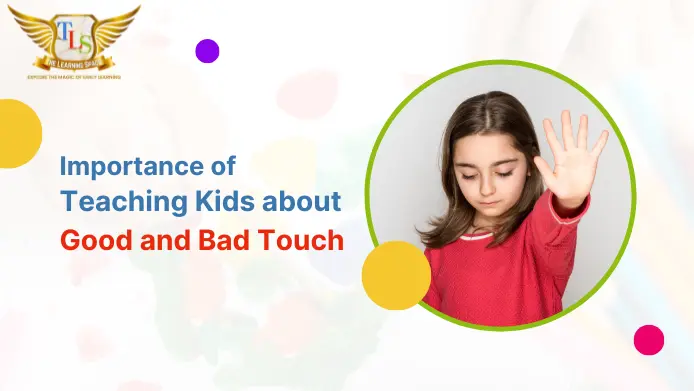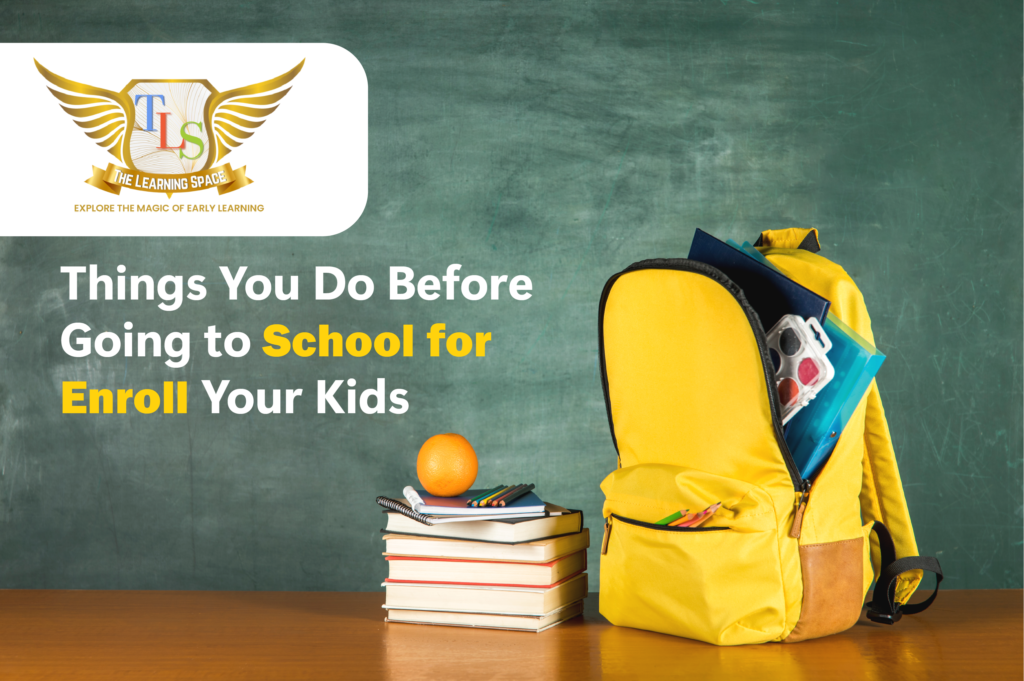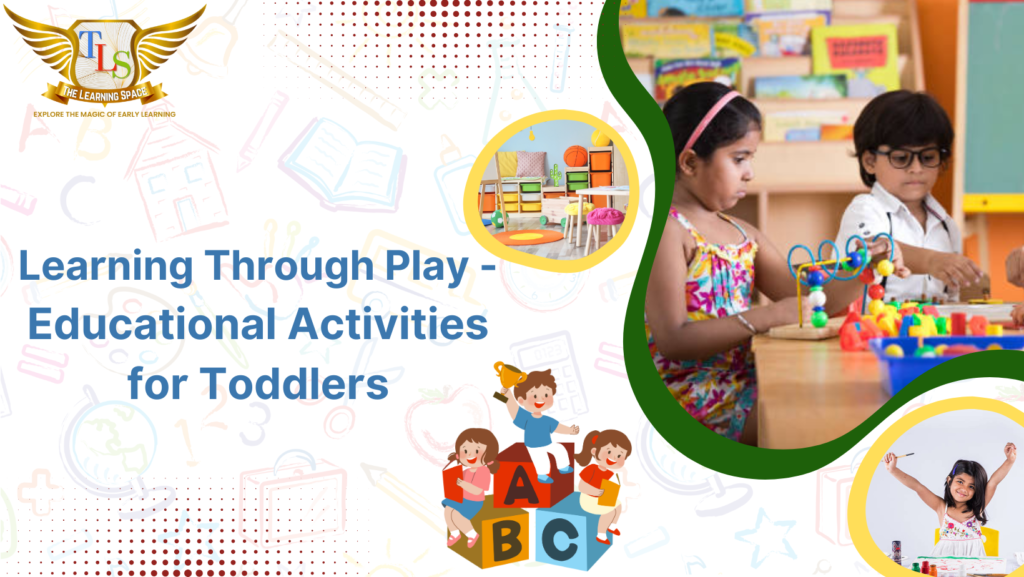
Educating children regarding good touch and bad touch is essential for their safety and well-being. It makes them knowledgeable about personal boundaries and empowers them to raise their voice in situations that make them uneasy. Body safety education at an early stage guarantees the children are aware of risks and can access support if necessary. This makes them able to identify and report any form of inappropriate behavior, thus protecting them from abuse.
What is Good Touch and Bad Touch?
Good touch involves friendly actions that help a child feel safe and secure, e.g., cuddles from members of the family or a teacher giving them a pat on the back. Bad touch is any kind of touching that leaves a child feeling scared, confused, or uneasy. Educating children to know the difference between good touch and bad touch for kids will allow them to be safe and be able to call for help whenever needed.
Why is it so necessary to Educate Children About Good Touch and Bad Touch?
Teaching children about good touch and bad touch makes them more confident about identifying inappropriate behaviour. It informs them of their ownership rights over their own bodies and gives them the strength to speak out when they feel uncomfortable. Education about good touch and bad touch from an early age prevents abuse from occurring and allows children to go to the support of a trusted adult if required.
Things to consider as parents while teaching their kids about good touch and bad touch
Good Touch and Bad Touch Activity
Parents can have their children do a good touch bad touch activity to make the concept easy for them to learn playfully and interactively. Role-playing or storytelling can be used to make the learning process interesting and effective.
Don’t Be Shy
Parents must communicate body safety directly. Not bringing it up will leave children with no information and at risk for abuse. Get comfortable and build a safe platform for discussion.
Teach the Swimsuit Rule
Teaching the Swimsuit Rule educates the child on knowing which areas of their body are private. A part of their body that the swimsuit is covering, in case it got touched in the wrong place, they should tattle on an adult they trusted.
Stick to the Terminations
Use proper anatomical language when describing body parts. This facilitates children to report if they have to in case of inappropriate behavior.
Teach Them to Fight Back
The children should be asked to say “No” firmly, run away, and get help if they feel they’ve been touched improperly. Role-playing assertive responses give them the power to act.
Don’t Force Any Kind of Touch
Never make kids hug or kiss a person if they don’t want to. Let them know that they own their body and they can say no to any touch that is not right, even from people they know well.
Teach Them the Ownership of Their Body
Let children know that their body belongs to them and they can say no to any touch that is not right, even from people they know well.
Teach Your Child to Trust Their Decision
Teach children to trust their instincts. If something doesn’t feel right, they should be sure of their choice to get out of the situation and get help.
Signs Your Child May Have Experienced Bad Touch
Physical Warning Signs
Unexplained bruises, redness, pain, or injuries in private areas can be indicators of inappropriate touch. Be very attentive to physical symptoms and get medical attention if necessary.
Emotional Warning Signs
Abrupt mood swings, too much fear, anxiety, or depression may be a sign that a child has had bad touch. If your child is withdrawn or scared, take it seriously.
Behavioral Warning Signs
An abused child might have sleep problems, behave in a backward manner, or develop an inappropriate interest in sexual matters. Any sudden change in behavior should be treated with caution and support.
What is Childhood Trauma and How Can It Impact?
Childhood trauma results when a child undergoes disturbing experiences, for example, abuse or neglect. It might cause lasting effects on their emotional and mental state. Trauma could result in anxiety, mistrust, and problems in relationships. Therapy and support to resolve such issues can help children recover and gain confidence again.
What to Do If Your Child Tells You About a Bad Touch?
Stay calm and listen carefully. Reassure your child that they acted correctly in speaking out. Do not blame or question them. Get professional advice and take immediate action to protect their safety, such as reporting the incident to the police if required.
Conclusion
Educating children on good touch and bad touch for kids is an important step towards their safety and well-being. Open communication, interactive learning, and reinforcing personal boundaries enable children to identify and report inappropriate behavior. By creating a supportive environment, parents can empower their children to make safe decisions and safeguard themselves from harm.
FAQ’s of Importance of Educating Children regarding Good and Bad Touch
At What Age Should I Start Teaching My Child About Good Touch and Bad Touch?
Children can be taught body safety starting at 3 years old. Use terms that are suitable for their age.
What Do I Do If My Child Reports a Bad Touch?
Be calm, listen carefully, and let them know that they did the right thing in telling you. Take action to safeguard them.
Should I Approach My Child’s School About Including Body Safety Education?
Yes! Schools have a very important role in child safety. Ask body safety programs to teach kids about personal boundaries and reporting abuse.
What If a Family Member or Close Friend Is Involved in Inappropriate Touching?
No matter who it is, always put your child’s safety first. Report the incident and get legal and professional help to get justice.
How Can I Teach My Child About Good Touch and Bad Touch Without Scaring Them?
Utilize a good touch bad touch for children activity involving stories, role-play, and encouragement. Make the discussion informative and empowering and not intimidating.


